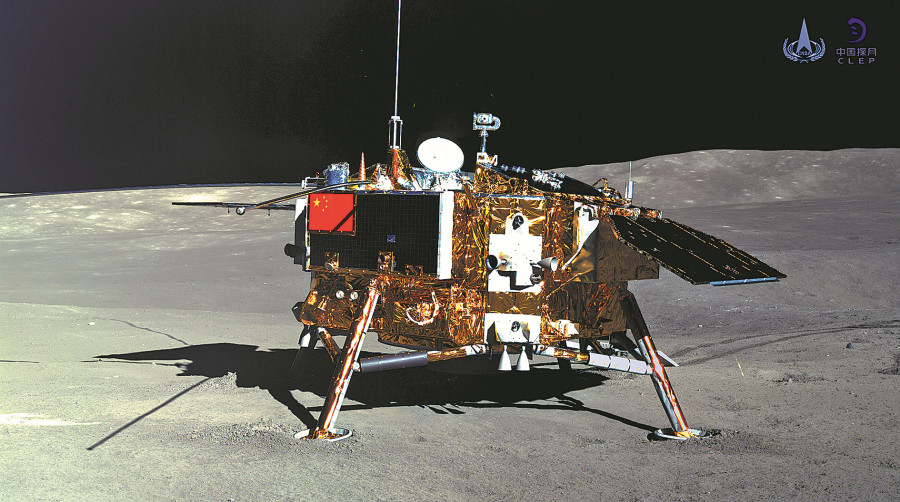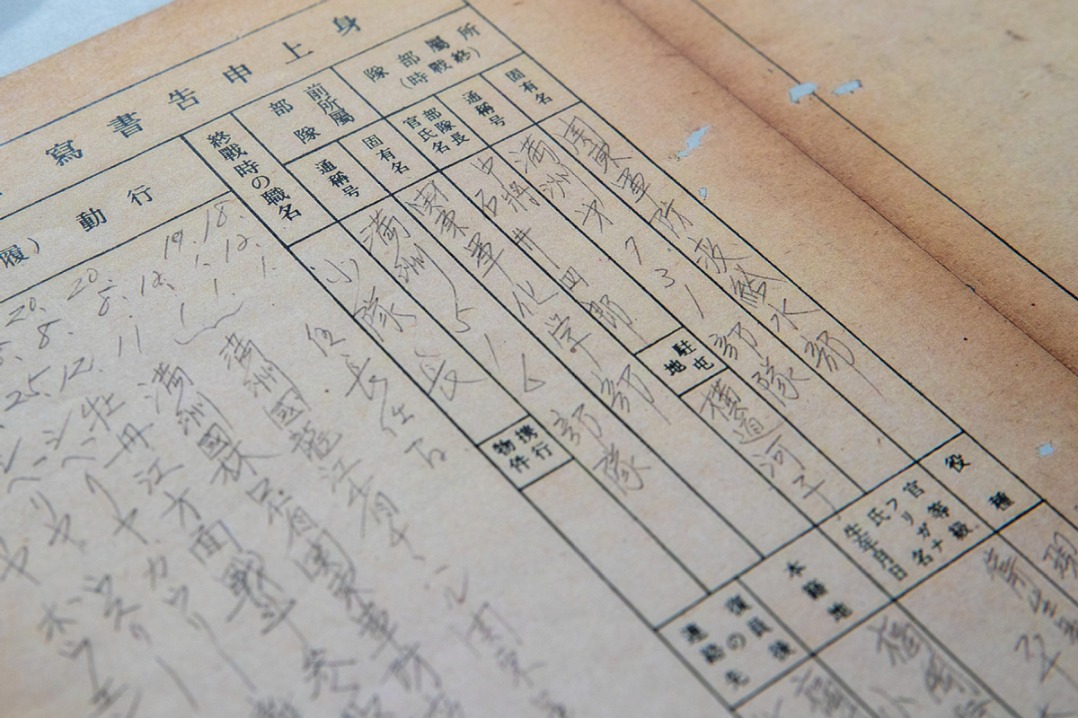Chinese scientists reconstruct Chang'e-4 probe's landing on moon's far side
Xinhua | Updated: 2019-09-25 10:59

BEIJING - Chinese scientists have reconstructed the descent trajectory of the Chang'e-4 lunar probe and determined its precise landing site on the far side of the moon in a move that could bolster further deep space exploration.
China's Chang'e-4, launched on Dec 8, 2018, made the first-ever soft landing on the moon's far side in the Von Karman Crater in the South Pole-Aitken on Jan 3.
Using high-resolution topographic data obtained by the Chang'e-2 lunar probe and images taken by Chang'e-4 during its descent and exploration, researchers reconstructed the landing process including how it avoided obstacles autonomously.
"Chang'e-4 landed on a gentle slope of a degraded impact crater, and is surrounded by five impact craters. It's only 8.35 meters from the rim of a crater with a diameter of 25 meters to the north," said Li Chunlai, vice director of the National Astronomical Observatories of the Chinese Academy of Sciences (NAOC) and research leader.
Scientists calculated the precise location of the landing site at 177.5991 degrees east longitude and 45.4446 degrees south latitude with an elevation of -5,935 meters.
An article reproducing the entire successful landing process, written by the research team, was published in the latest issue of the academic journal Nature Communications.
Soft-landing on the lunar surface is a short and fast-moving process, and it is hard to control in real time from the earth. The lunar lander has to land autonomously using on-board sensors.
Before the Chang'e-4 mission, there were 20 successful soft landings on the moon over the past six decades, but all of them were on the near side and the descent trajectories and landing positions of the spacecraft could be measured from the earth.
However, the landing process of Chang'e-4 on the far side of the moon could not be tracked and measured by ground facilities.
The new study not only provides background information and position benchmarks for the scientific exploration of the lander and rover of the Chang'e-4 probe, and the basis of high-precision lunar surveying and mapping, but also technological support for China's future deep space exploration, such as landing on asteroids or Mars, said Liu Jianjun, a researcher at NAOC.
























